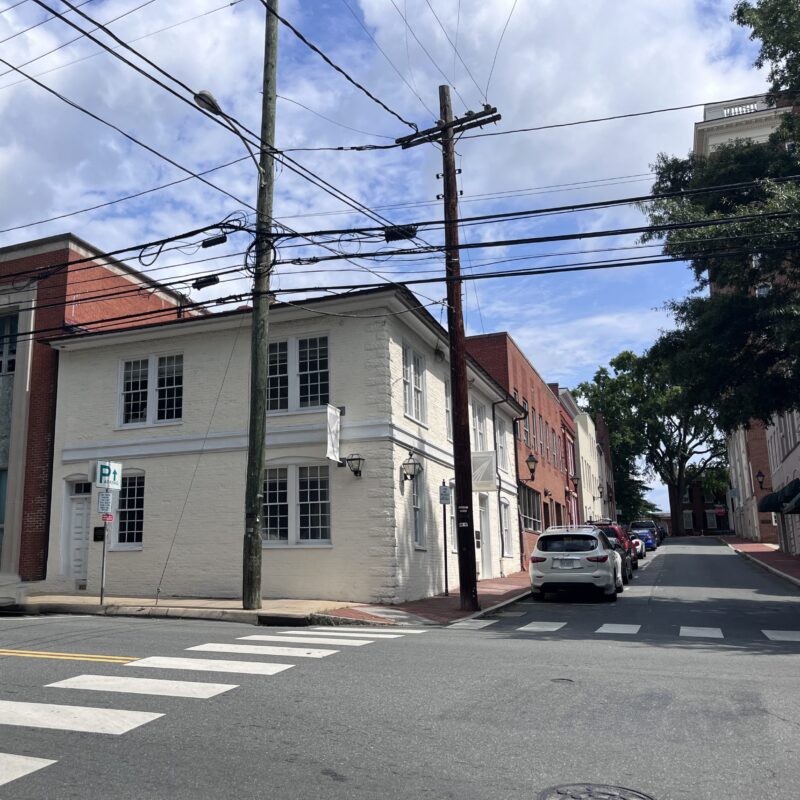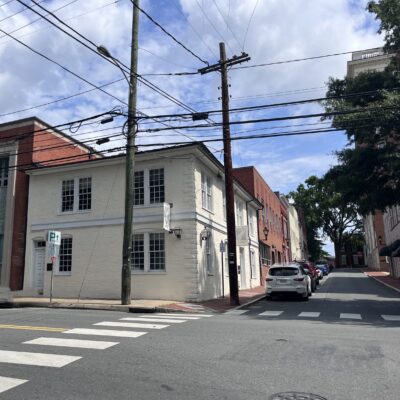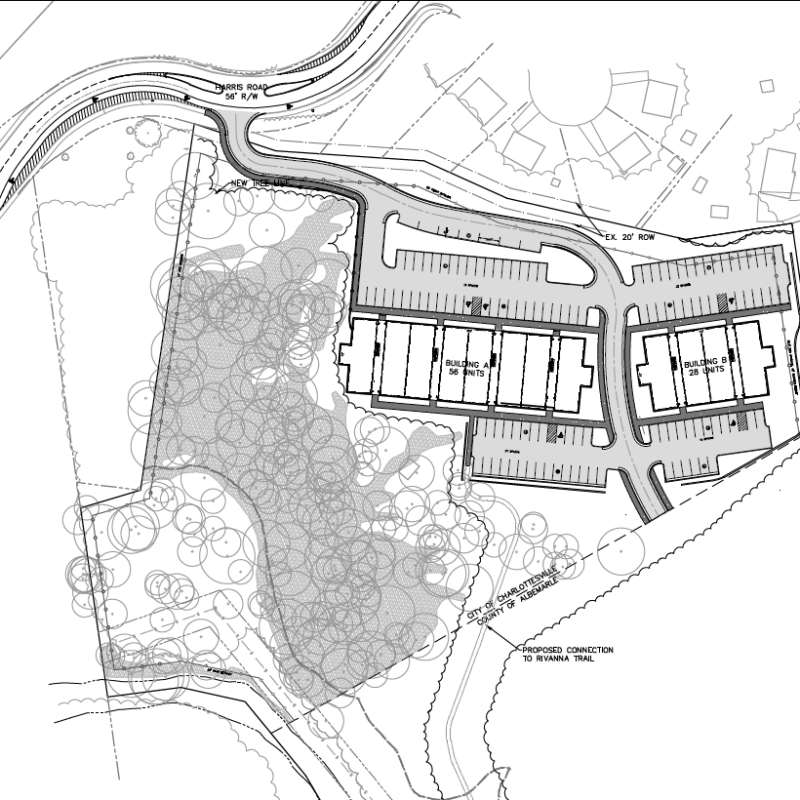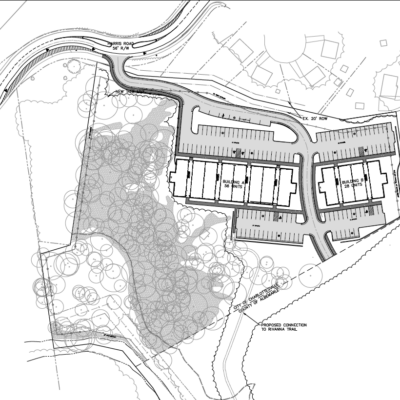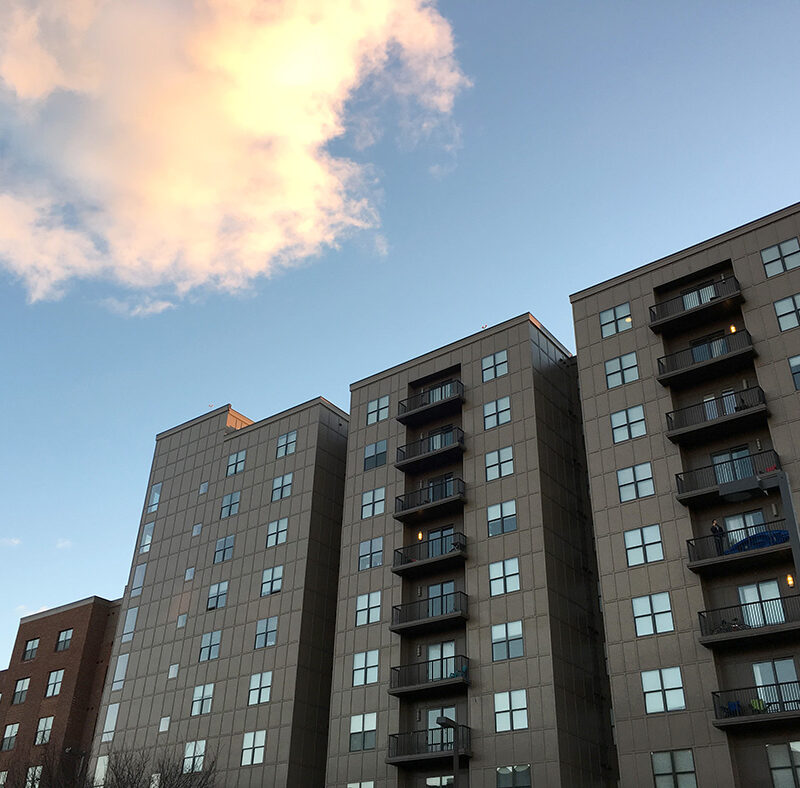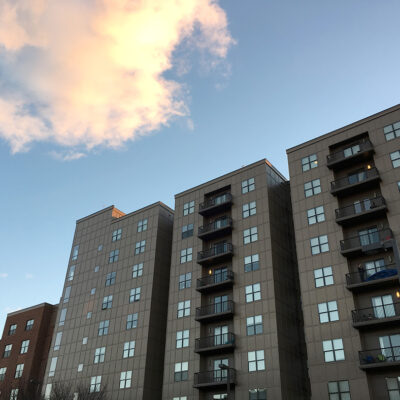You’re ready to buy your first home, and you have an eye on a cute one, but can you really afford it? Or maybe you’ve had some large unexpected bills recently that have put you behind on your mortgage payments, and the bank is unhappy—how can you hold onto your home? Or maybe you made some bad financial decisions in your 20s, but you’re living responsibly now—how do you raise your poor credit score and get a mortgage loan eventually?
Piedmont Housing Alliance (PHA) wants to answer your questions. With a mission “to create housing opportunities and build community through education, lending, and development,” the organization has been assisting low-income homeowners and renters since 1983. “We believe,” says PHA COO Karen Reifenberger, “that housing provides the foundation for opportunities for families and individuals to thrive and builds a stronger community.”
Operating throughout the Thomas Jefferson Planning District—the City of Charlottesville and counties of Albemarle, Fluvanna, Louisa, Greene, and Nelson—and beyond, the non-profit PHA uses a variety of services and tools to address the always pressing need for more affordable housing for low and moderate income families. Since its creation PHA has had a considerable impact in Central Virginia, offering aid and counsel to more than 870 home buyers, providing $8.75 million in down payment assistance, developing 64 single family homes, and creating, owning and/or managing 410 affordable rental homes.
Last year alone PHA provided housing counseling and asset-building services that impacted more than 650 families—helping some to become first-time homebuyers, saving others from foreclosure, and helping others to build their savings to ensure financial stability. It expanded its management portfolio of high-quality but affordable housing to 260 units, a 28 percent increase. It also engaged the Friendship Court community in planning for the redevelopment of that nearly 40-year-old housing project (originally called Garrett Square), creating a master plan to add 80 more affordable housing units to the 600-unit mixed-income, mixed-use project without displacing any of its current residents.
For many, the home buying process begins with building or repairing credit and developing a realistic budget including saving for a down payment. PHA’s housing and financial counseling is open to all; its HUD-approved housing counseling program helped create 44 first-time home buyers in 2016, offering community classes and one-on-one coaching in reducing debt, evaluating mortgage readiness, understanding the home buying process, preparing to meet with lenders, and determining eligibility for down payment and closing costs assistance programs that make it easier for buyers to move into their first home.
PHA’s lending program is certified by the US Treasury and includes eight sources of funding to help with down payment and closing cost assistance. PHA’s foreclosure specialists assess each homeowner’s financial situation to determine their options for avoiding foreclosure, if necessary contacting lenders on their behalf to request more affordable payment schedules. Through its fair housing program it advocates for homeowners and renters who believe they are victims of housing discrimination.
Besides assisting renters, homeowners and homebuyers, PHA works to increase the stock of high-quality affordable housing. “We own and/or manage high-quality affordable housing in eight apartment communities in the area,” Reifenberger says “– a total of 260 units. There is a huge unmet need for affordable housing in our community, so our goal is to continue to expand our portfolio to better meet that need.”
Along these lines, in 2002 PHA acquired part-ownership of Friendship Court Apartments, and will become the majority owner in 2018. In 2015 it began an intensive effort to plan for the future of the complex, working with residents, the City, and other stakeholders on plans to transform the complex, home to 150 families including more than 250 children. “We are not only preserving and improving the existing housing with no displacement Reifenberger says, “but we are also creating new affordable and moderately-priced housing, within the context of a mixed-income economically-integrated redevelopment that will turn an economically-isolated community into a neighborhood of opportunity—we are focused on leadership opportunities, economic opportunities, educational opportunities.”
“One key ingredient has been resident leadership—Friendship Court residents were elected by their neighbors to serve as seven of the thirteen members on the Friendship Court Advisory Committee, which is guiding the redevelopment both in terms of physical development and community life/programs/opportunities, including our two featured initiatives: world-class early childhood education center and workforce development program initiatives. The Youth Leadership Team is also helping to guide the redevelopment—this is a group of several Friendship Court youths who are learning about their community and the redevelopment, and who are providing their voices and ideas to help shape their future community.
PHA also maintains a community center and computer lab at the Court, offering help with homework, tutoring, snacks and meals, running, dance, and drumming programs, a City Parks & Rec after school enrichment program, PVCC classes, a ReadyKids parenting/toddler group, field trips, and more.
PHA’s ambitious goals for 2017 include offering more coaching and increasing the financial resources available to its clients; increasing access to high-quality affordable housing and expanding its portfolio by another 30 percent; and moving forward, in partnership with residents at Friendship Court, with a site plan for the first phase of mixed-income development. “When housing is affordable, families are stable and thrive with the means to pay for basic necessities, save for emergencies, and invest in their children,” Reifenberger says. “When housing is unaffordable, it represents a crisis for our community.”
